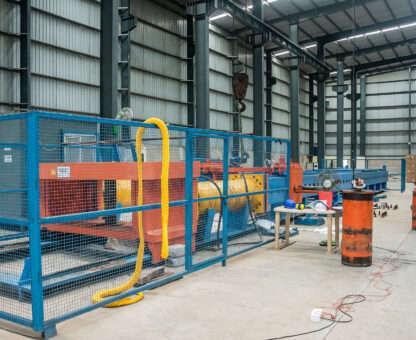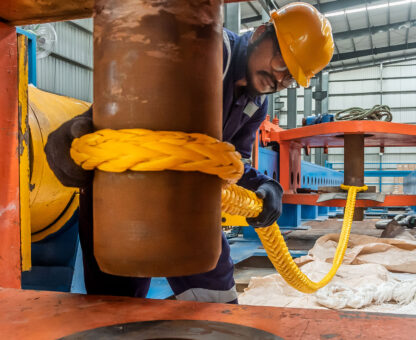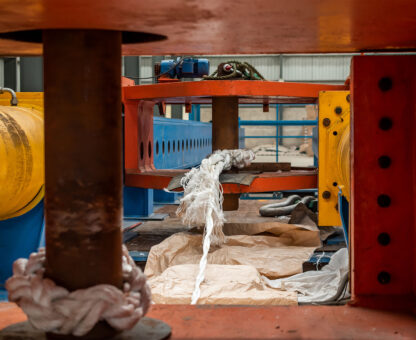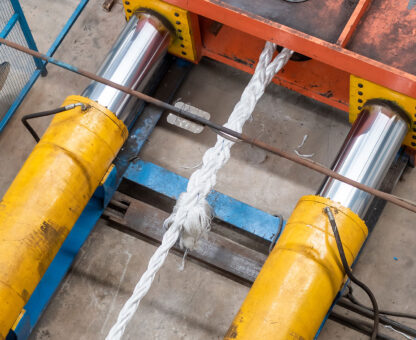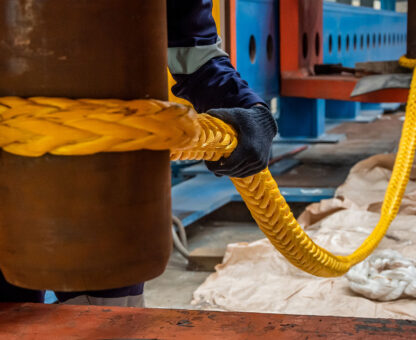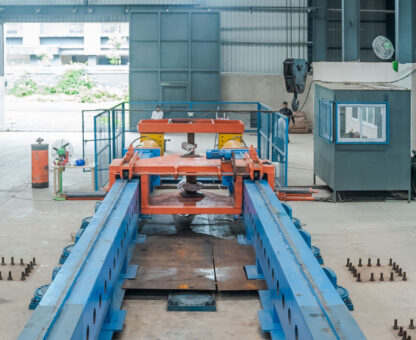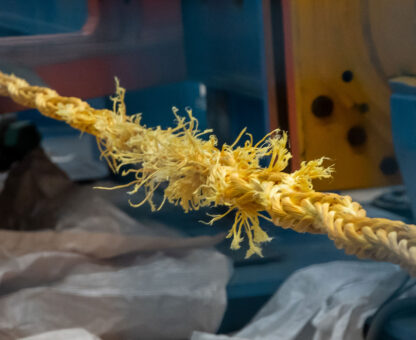Preventing Corrosion in Lifting Gear: Maintenance Tips for All Seasons
Corrosion is one of the leading causes of equipment failure in lifting gear. Exposure to moisture, salt, and fluctuating temperatures can weaken the structural integrity of rigging components, posing serious safety risks. Preventing corrosion not only extends the life of your lifting equipment but also ensures safety and operational efficiency year-round. Here’s a comprehensive guide to anti-corrosion maintenance for your lifting gear.
1. Understand the Causes of Corrosion
Before addressing corrosion, it’s essential to understand its root causes:
Moisture Exposure: Water is a primary catalyst for rust on steel components.
Saltwater and Chemicals: Marine environments and industrial chemicals accelerate corrosion.
Temperature Changes: Fluctuating temperatures can cause condensation, leading to increased moisture exposure.
2. Choose Corrosion-Resistant Materials
Investing in corrosion-resistant materials for your lifting gear is a proactive step:
Stainless Steel: Offers high resistance to rust and corrosion.
Galvanized Steel: Features a protective zinc coating to shield against rust.
Synthetic Slings: Materials like nylon and polyester are immune to rust, though they require care to prevent degradation from UV exposure.
3. Regular Cleaning and Inspection
Routine cleaning and inspections are vital to keeping corrosion at bay:
Remove Residue: After use in corrosive environments, clean equipment to remove salt, dirt, or chemical residues.
Inspect for Damage: Look for early signs of rust, wear, or other damage, especially at joints and stress points.
Dry Thoroughly: Ensure equipment is completely dry before storage to prevent moisture buildup.
4. Apply Protective Coatings
Protective coatings act as a barrier against corrosive elements:
Anti-Corrosion Sprays: Apply sprays specifically designed for industrial lifting gear.
Paint or Powder Coating: Provide additional layers of protection, especially for steel components.
Lubrication: Use rust-resistant lubricants on moving parts to prevent metal-on-metal wear and corrosion.
5. Proper Storage Practices
Storage conditions can significantly influence the longevity of your equipment:
Dry and Ventilated Areas: Store lifting gear in environments with controlled humidity.
Cover and Protect: Use waterproof covers or containers to shield equipment from moisture.
Elevated Storage: Keep gear off the ground to avoid exposure to pooled water or corrosive spills.
6. Seasonal Maintenance Routines
Tailor your maintenance practices to the season for optimal results:
Winter: Pre-treat equipment with anti-freeze lubricants to prevent ice damage.
Spring: Check for rust or wear accumulated over the winter and reapply protective coatings.
Summer: Protect against UV exposure and humidity by storing equipment in shaded, cool areas.
Fall: Prepare for colder months by conducting a comprehensive inspection and cleaning.
7. Training and Compliance
Ensuring your team is well-trained in corrosion prevention is as crucial as the maintenance itself:
Train Operators: Educate staff on proper cleaning, inspection, and storage techniques.
Compliance with Standards: Follow industry-specific regulations such as ISO and OSHA guidelines for maintaining lifting equipment.
Conclusion
Corrosion is an inevitable challenge, but with the right practices, its effects can be minimized. Regular maintenance, proactive material selection, and protective strategies can ensure your lifting gear remains reliable and safe throughout the year. Preventing corrosion is more than just equipment care; it’s an investment in the safety and efficiency of your operations.
Have a Project? Let’s Talk!
TESTING FACILITY
